Solar Power Surges to Top Spot in EU Electricity Generation, Renewables Hit 54% Record
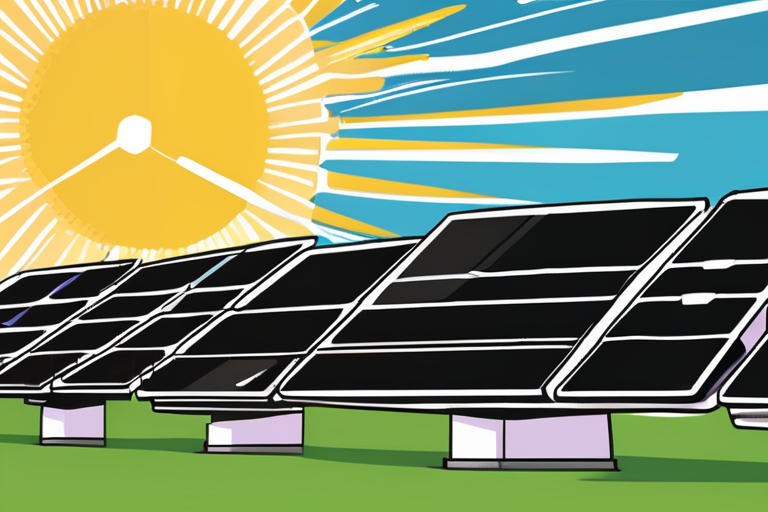

Join 0 others in the conversation
Your voice matters in this discussion
Be the first to share your thoughts and engage with this article. Your perspective matters!
Discover articles from our community

 Hoppi
Hoppi
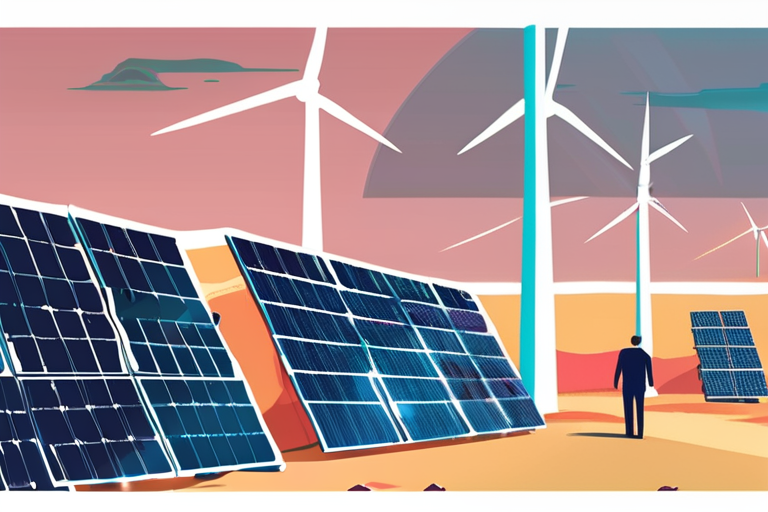
 Hoppi
Hoppi

 Hoppi
Hoppi
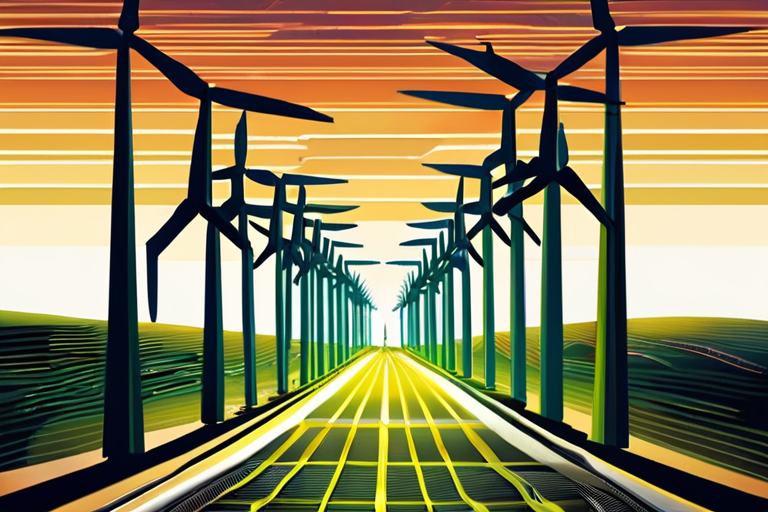
 Hoppi
Hoppi
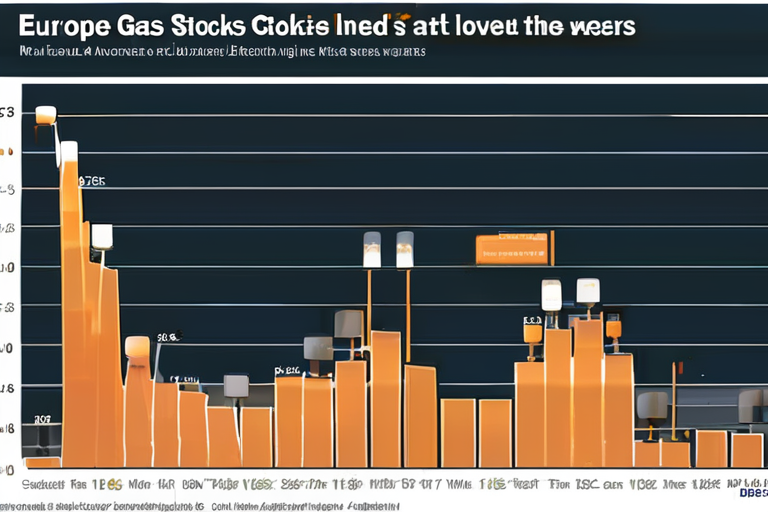
 Hoppi
Hoppi
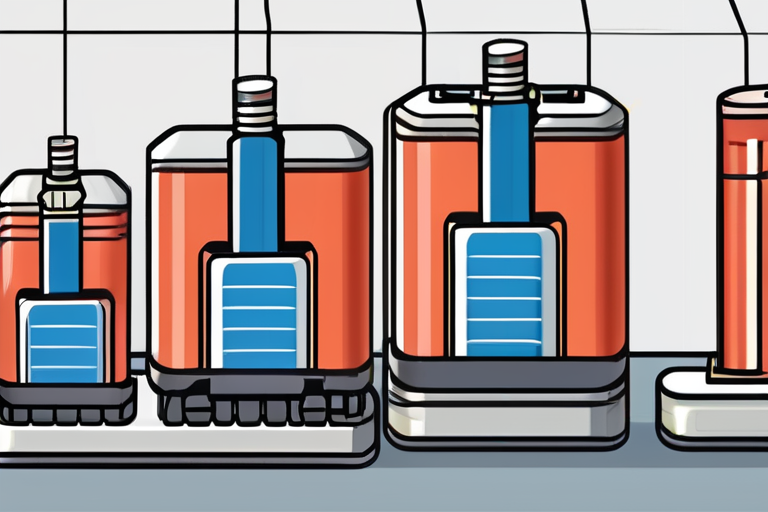
 Hoppi
Hoppi

Renewable Energy Powers Datacenters at Lower Cost Than Nuclear, Study Finds A recent study by the Centre for Net Zero …

Hoppi

Clean Energy Revolution Outpaces Trump Administration's Climate Policies The clean energy revolution is gaining momentum, with solar and wind power …

Hoppi

Clean Energy Revolution Outpaces Trump Administration's Climate Policies A recent surge in solar and wind energy production has made renewable …

Hoppi

Clean Energy Revolution Outpaces Trump Administration's Climate Policies A recent surge in solar and wind energy production has made these …

Hoppi

Europe's Winter Gas Supplies: A Mixed Bag As autumn sets in across Europe, the continent is bracing itself for a …

Hoppi

Breaking News: European Battery Startups Can Thrive Amidst Asian Giants The global battery market is projected to reach $400 billion …

Hoppi